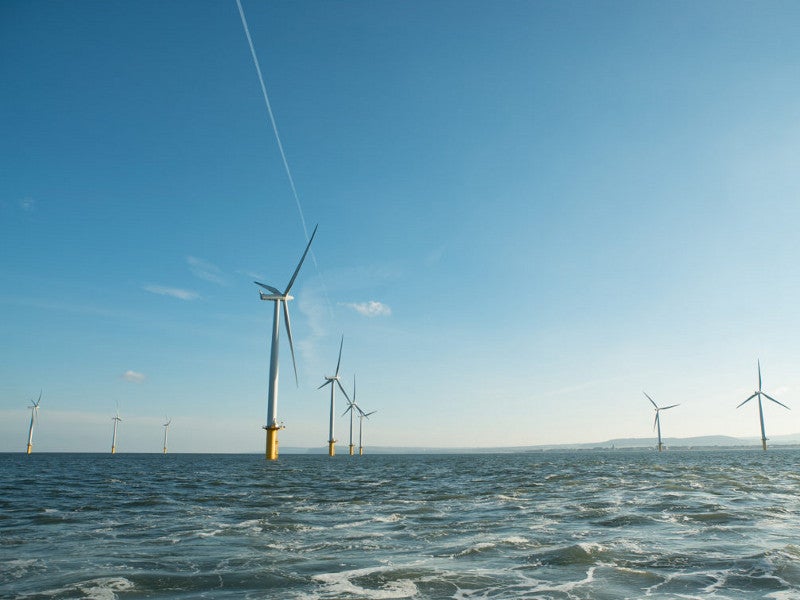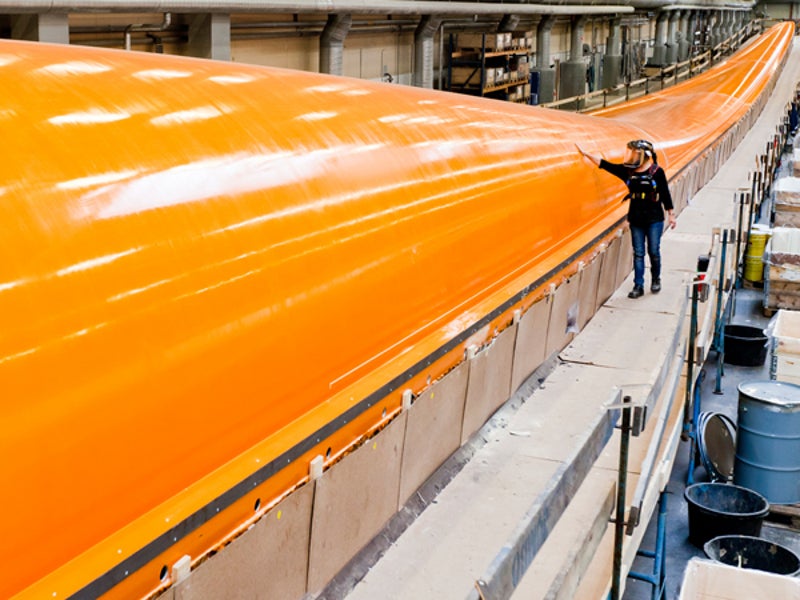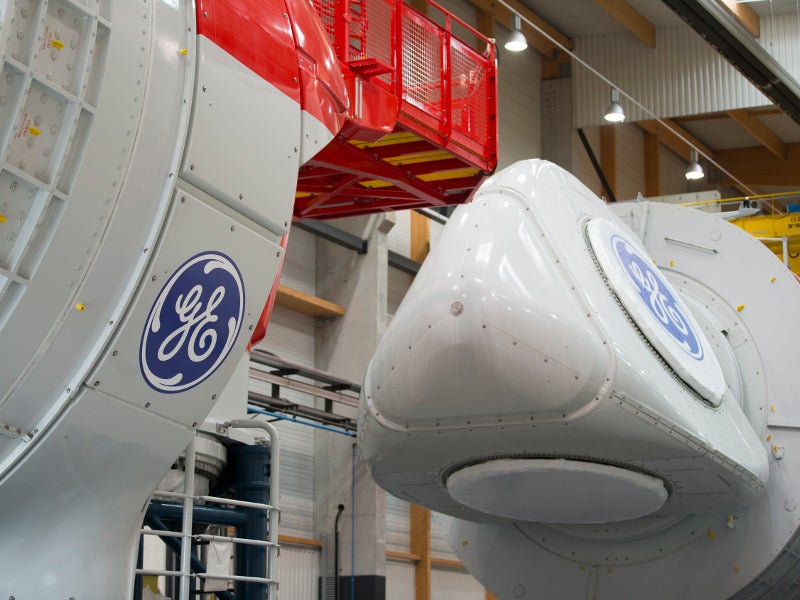The Courseulles-sur-Mer offshore wind farm is a 450MW wind farm under construction near Calvados, Normandy, France.
The offshore wind farm is being developed by Éolien Maritime France, a joint venture between EDF Renewables and Enbridge. EMF was awarded the tender by the French Government in 2012, along with the 498MW Fécamp and the 480MW Saint-Nazaire offshore wind farms.
The Courseulles-sur-Mer wind farm will generate enough power to meet the domestic electricity needs of approximately 630,000 consumers.
Expected to be commissioned in 2022, the wind farm will have an operational life of approximately 25 years. It is estimated to create 400 jobs during the construction period.
Courseulles-sur-Mer offshore wind farm site details
France has set an objective to significantly develop its renewable energy resources to provide for 23% of its total energy consumption by 2020. The French Government awarded four offshore wind farm projects at Fécamp, Courseulles-sur-Mer, Saint-Brieuc, and Saint-Nazaire under a tender process in 2012.
The Courseulles-sur-Mer project is located approximately 10km from the Bessin coast of Courseulles-sur-mer, a commune in the Calvados department of Normandy, France. It will span over 50km² and will feature wind turbines separated by more than 1km.
Courseulles-sur-Mer offshore wind farm turbine details
The project will be installed with 75 GE Haliade 150-6MW series turbines.
Each turbine features a direct-drive permanent magnet generator (PMG) system, which offers more compact and lightweight design compared to traditional generation direct-drive systems.
The PMG system is combined with GE’s unique pure torque design, which helps in diverting loads from the drivetrain to the front frame. It is expected to lower the risk of gearbox failures and increase turbine reliability.
The nacelle of the turbines weighs approximately 400t, while the Haliade 150 turbine is expected to weigh approximately 1,500t including the jacket foundation and mast. Each turbine will have a hub height of 100m and will be installed on a tubular steel tower mounted on monopole foundation.
The turbine has a rotor diameter of 150m and swept area of 17,860m². It comprises three blades measuring 73.5m each.
The wind turbines will be remotely maintained from the caen-ouistreham’s harbour.
Power transmission from Courseulles-sur-Mer
The Courseulles-sur-Mer wind farm will connect to the power transmission grid owned by Réseau de Transport d’Électricité (RTE), the French electricity transmission system operator.
The power generated by the wind turbines will be transported to the proposed offshore substation through 33kV collector-cables buried on the sea bed. The undersea cables are coated with two protecting sleeves with a diameter of roughly 27cm. The underground cables on the land are buried at the bottom of a trench that is 1.5m-deep and 1.5m-wide.
The substation will step-up the voltage to 225kV and evacuate the power by means of submarine cables. The power will be evacuated through 225kV high-voltage alternating current (HVAC) three-core submarine cables that will be installed with XLPE insulation and single wire armouring.
Contractors involved
Prysmian Group is the supplier of 345km-long submarine cables for the Courseulles-sur-Mer offshore wind project.
General Electric (GE) is the supplier of wind turbines for the project, while Ramboll was awarded the contract for the construction of the monopile foundations.
EMF engaged DHI for updating the metocean study as part of the detailed design for the Courseulles-sur-Mer offshore wind farm, while LOC Group is providing comprehensive marine warranty surveying (MWS) services.





